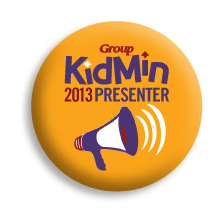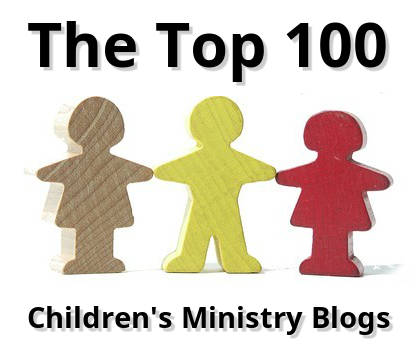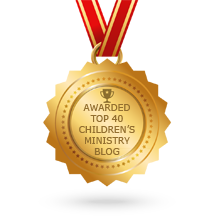
Are you are aware of the many crises children today experience? A trauma-informed church understands how a crisis affects a child. Experiencing a life crisis can lead to some children exhibiting particular characteristics of being “traumatized?”
Definitions of crisis and trauma
A crisis is an event – a disaster, the emergency, the calamity, or predicament.
Trauma is the result of experiencing a crisis – shock, upset, ordeal, suffering, etc.
Many of us know of a child who has experienced a tornado, storm, or hurricane who will cover their ears or run and hide when they hear thunder. The child may not know why her heart beats faster or she gets that scared feeling and butterflies in her tummy when she hears an approaching storm. Her body is reacting to the oncoming storm because in the recesses of the brain the memories react to what is presumed to be an oncoming disaster.
Children who have experienced other types of trauma exhibit particular traits just like the child who has experienced a tornado covers her ears.
Behaviors exhibited for specific crises
- Sexual molestation – some children who have been molested will want to “play” with other children the way the adult has “played” with them. They exhibit inappropriate touching. They also use terms and words in their conversations that a child their age wouldn’t normally have been exposed to or know. They may start having bathroom accidents. They might start using aggressive behaviors such as hitting and biting all of a sudden.
Note: A child that has been sexually abused many times will only tell their story once or maybe twice. You don’t want the one time they tell their story to be to you, the untrained person. If a child indicates they have been sexually molested, document what the child says or how they act. Get with your church leadership about calling the authorities in your state. If you ask the wrong questions you could be accused of planting information. Many child molesters have gone free because in a court of law their defense lawyer plants the idea the child’s testimony was only because someone planted the idea they were sexually assaulted. These children need close observation. They should never be left alone with other children where any play could develop into inappropriate touching of other children.
- Child abuse – these children may have unhealed bruises or they always have an unexplained bruise or wound. Sometimes the bruise or injury may be on parts of the body not normally seen by others. A child that has been abused may shrink away or their bodies stiffen when someone lays their hand on the child’s shoulder or arm.
These may also be the children that need to sit with their backs to the wall or they may need to sit where they can see everything going on around them. Some of these children when entering your room will scour the entire room looking for a safe place to sit. They will not be caught in a position where there is no escape path. They may get nervous or simply refuse to sit in a place where they feel they can’t escape.
They also have to be able to see anyone coming toward them. Some children who have been hit will instinctively swing an arm or fist in the direction of a shadow coming towards them. These children are accused of hitting or kicking when they are really reacting to a previous child abuse encounter.
- Young children living with an alcoholic or drug abuser may mimic the parent’s behavior. They do this by pretending to be drunk; drawing lines on their arms or pretending to snort something.
- Children living in a stressful world will self-harm. This includes living in a home where a parent is absent due to divorce, desertion, or incarceration.
Take time to think through some of the traumas the kids are facing in your community and in your church. Some examples are
- Weather-related disasters
- Viewing or hearing about terrorist attacks
- Parental neglect
- Parental addiction to drugs or alcohol
- Mother treated violently
- Witnessing a brother or sister being abused
- Bullying (by a child or another adult)
- Living with a family member with a mental illness
- Living with a parent with a life-threatening illness such as cancer
- Incarcerated parent
- Witnessing community violence
- Worrying over school shooting
What behaviors are these children exhibiting? Do your volunteers know how to recognize a trauma-affected child? How do you handle these various situations in your own congregations and ministries?
At a conference a couple of years ago when I did a workshop called “Trauma-Informed Churches” one lady came up to me the next day and said,
“You got me to thinking and last night I realized why this one little boy is so out of control. I stopped to think about his life and it dawned on me that he has reason to be out of control. Now I will deal with him differently.”
Do you recognize the behaviors of a traumatized child?
This article is updated and adapted from an article originally published on the Kids & Divorce blog on May6, 2015.
DC4K blog posts are great for training children’s leaders and volunteers, and they are free. Subscribe now.
Want to learn more about how to start a DivorceCare for Kids group for the hurting children in your community?
Like our DivorceCare for Kids and Single & Parenting Facebook pages where we give awesome parenting tips for the single parents in your ministries.
Look for Linda’s book, “The Single Parent Confident and Successful” at Amazon.com or Baker Books.










Great article.